Cory Wong and his Flyers comrade Mark Lettieri do a little show-and-tell at their summer camp.
Back in March 2022, we caught up with Cory Wong in the middle of an international tour to film a Rig Rundown. This time around, we found Wong with his Fearless Flyers pals sticking in one spot, at Cory Wong’s Syncopated Summer Camp. The four-day, four-night summit, held in Nashville, brought together ace players like Ariel Posen, Larry Carlton, and Sonny T to offer clinics on all things rhythm. Aside from the camp, Wong and his fellow guitar Flyer, Mark Lettieri, both had new releases to celebrate: Lettieri’s recent solo record, Can I Tell You Something?, dropped in July, and Wong’s Live in London and Starship Syncopation came out in May and July, respectively—plus, the Flyers’ new EP was released in February.
Both Lettieri and Wong toured us through the guitar gear they brought along for the camp.
Brought to you by D’Addario.The Wong Way
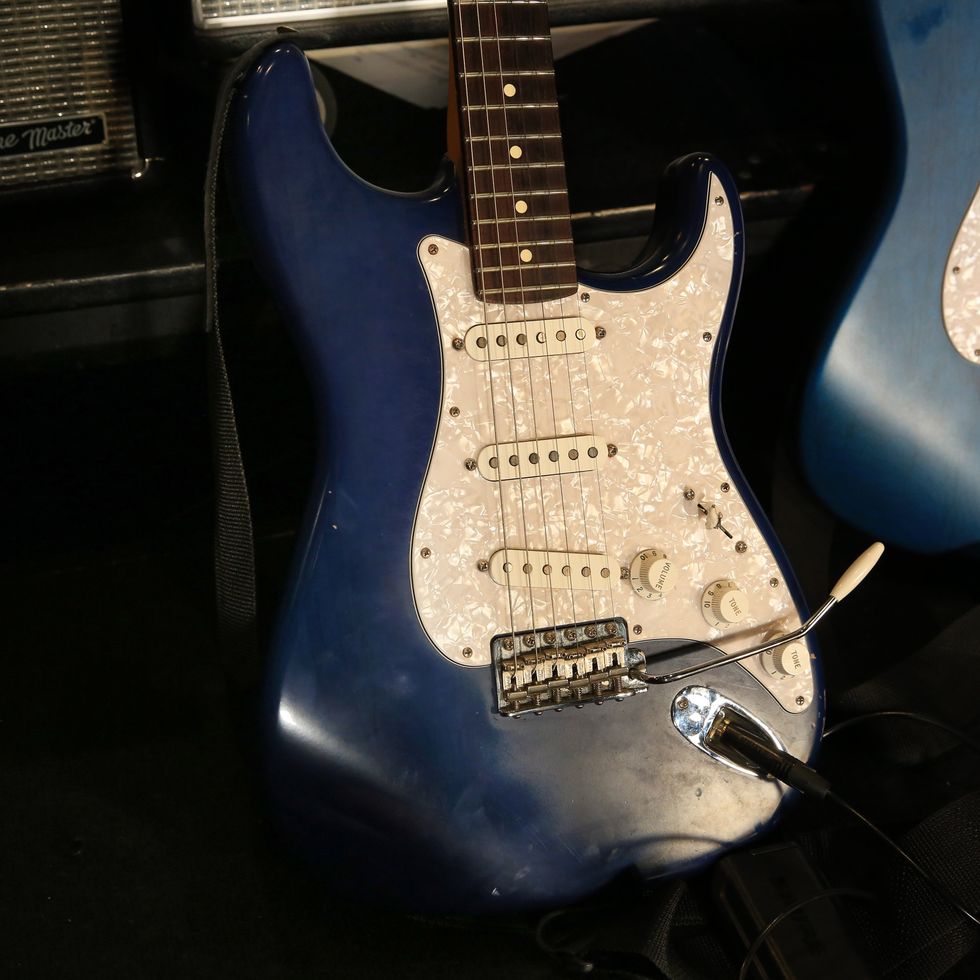
Wong’s starter is, unsurprisingly, his Fender Cory Wong Signature Stratocaster. This is an off-the-rack model, and the sapphire blue transparent satin lacquer finish demonstrates the beautiful alder beneath it: “Sometimes a guitar is made out of the right piece of a tree,” says Wong. Other features on the model include deluxe locking tuners, a 6-screw tremolo system, Seymour Duncan Cory Wong Clean Machine pickups, and an American Ultra Modern “D” neck profile.
Founder's Keepers
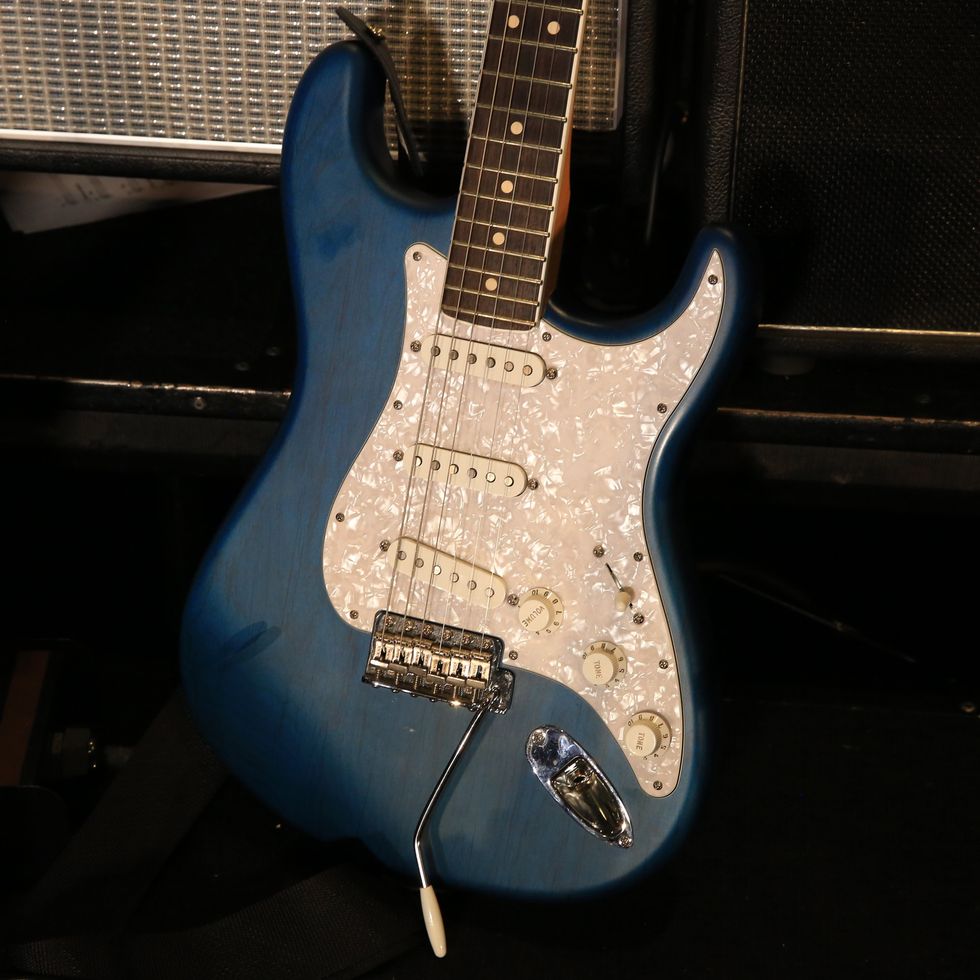
At John Mayer’s suggestion, Wong had Fender create him a “founder’s model” of his signature guitar, with some just-so appointments that can’t be had on the standard production instruments. Those include a bound fretboard and a unique, one-off finish.
But Wong doesn’t get too attached to his guitars. He often auctions them off to benefit a non-profit that gets free guitars into the hands of kids who need them.
Another Wong novelty: his fingers don’t sweat much, so he only changes his strings about once every three months, despite plenty of playing time. When the time comes, he uses Ernie Ball .010s from either the Slinkys or Paradigm series.
Neural Network
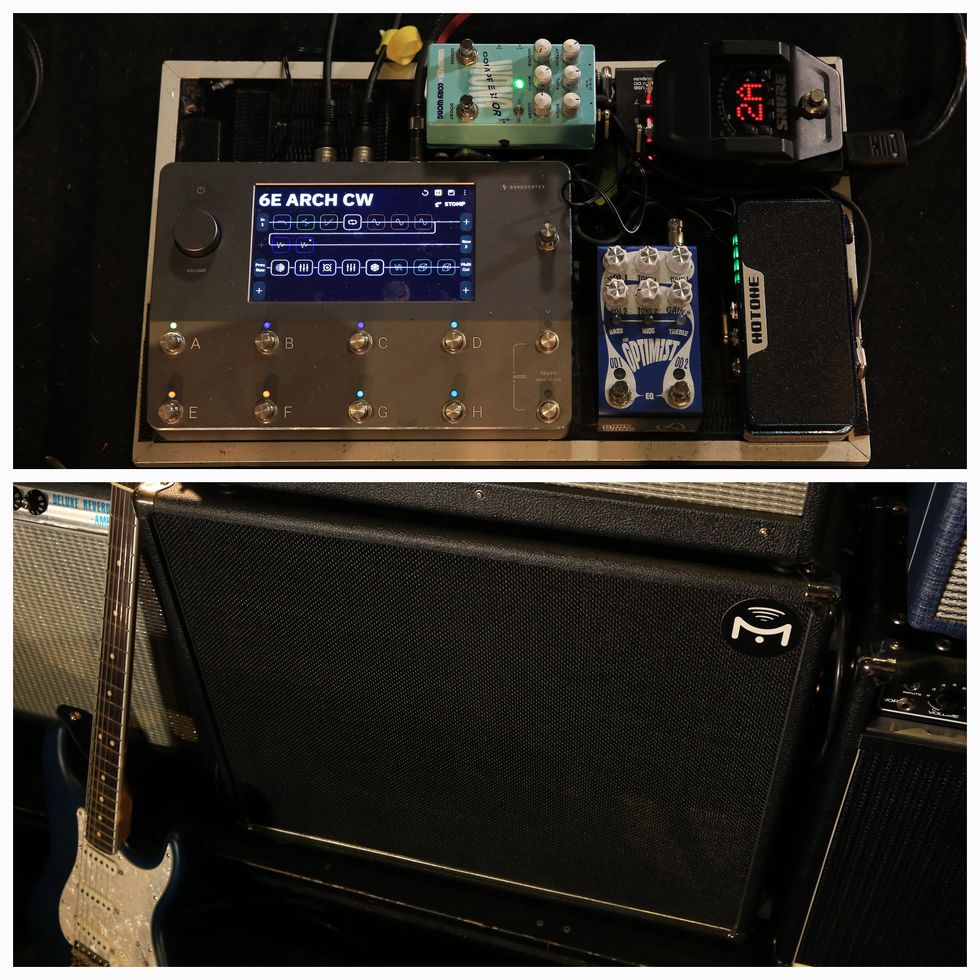
Through a Shure GLXD16 wireless system, Wong runs his guitar into his Neural DSP Quad Cortex, which runs a beta version of his Archetype: Cory Wong plugin, based off of a melding of a Dumble and a Fender Twin. The signal hits an onboard envelope filter and rarely used pitch shifter, then exits out the effects loop into a Wampler Cory Wong Compressor, Jackson Audio The Optimist, and a Hotone Wong Press. The signal goes back into the Quad Cortex, where there’s a preset phaser, stereo tape delay, and modulated reverb, plus a freeze effect. Two XLR outs run to front of house, while two run to Wong’s Mission Engineering Gemini 2 stereo cabinet.
Fiore di Latte

Lettieri flies with his signature PRS Fiore (and wears a matching shirt to boot). The model, which he began designing with PRS in 2019, has a swamp ash body, maple neck, 25 1/2" fretboard, nickel frets, and a pickup system that allows for 11 different combinations—the ultimate studio weapon. He runs it to his board with Revelation Cable Company cables. Lettieri strings it with Dunlop .010s, and strikes them with Dunlop celluloid picks.
Lettieri Goes Low
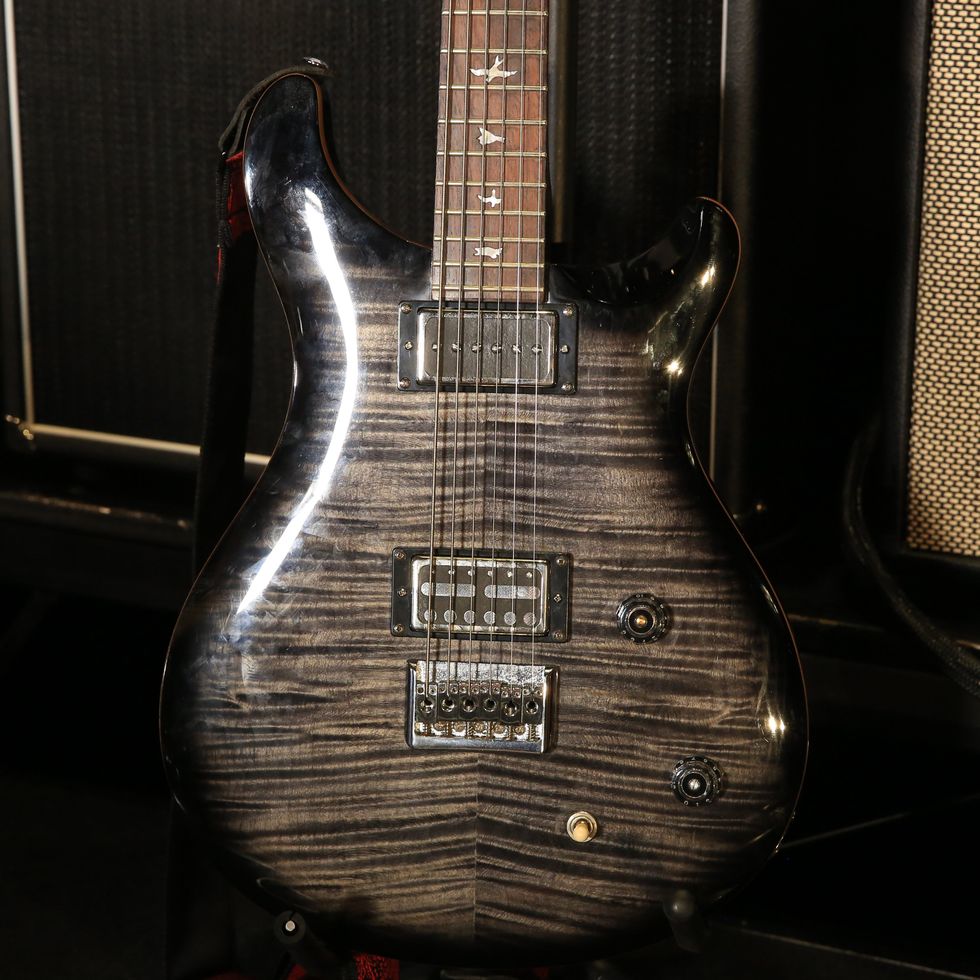
Lettieri also calls on this PRS SE 277 baritone guitar. He’s swapped the pickups for a Lollar P-90 in the neck position and a gold-foil in the bridge. He tunes it to A standard and runs .014–.072 strings on it.
Little Wing
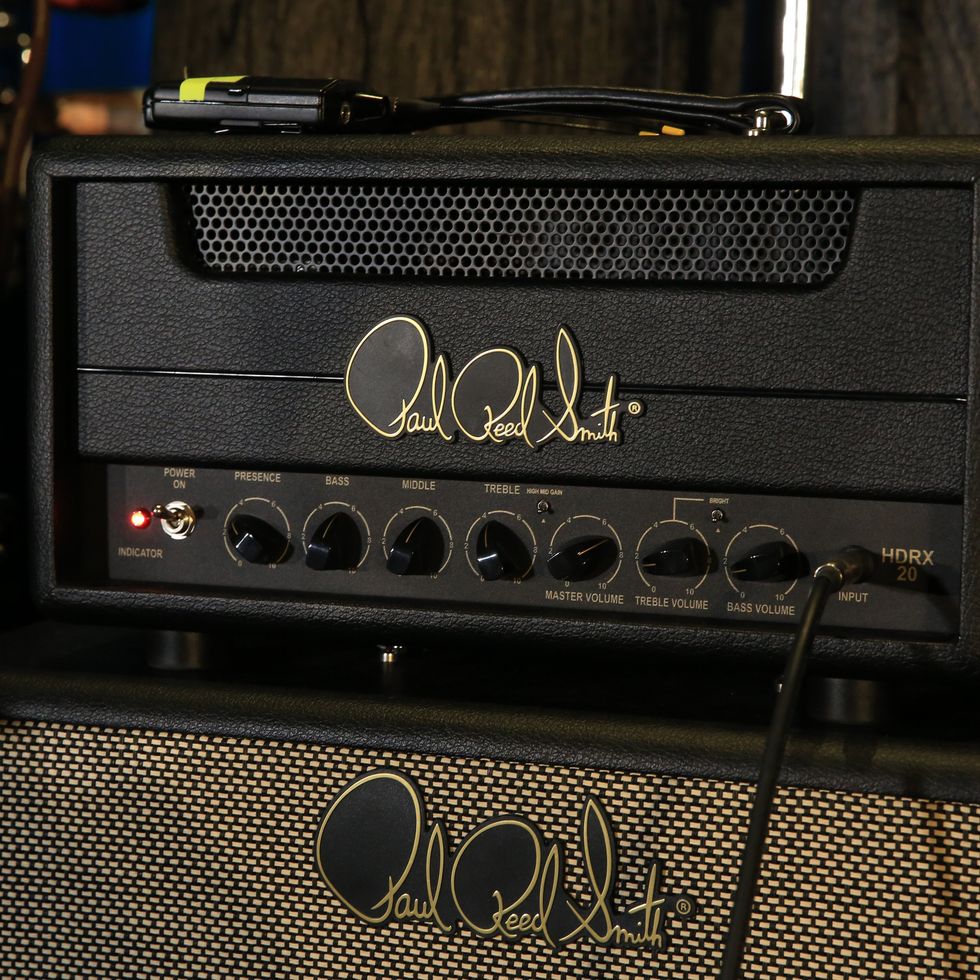
Lettieri sticks with tubes, running into a PRS HDRX 20—a 20-watt combo intended to capture the roar and power of Hendrix’s Marshalls in a more practical package.
Chopping Block
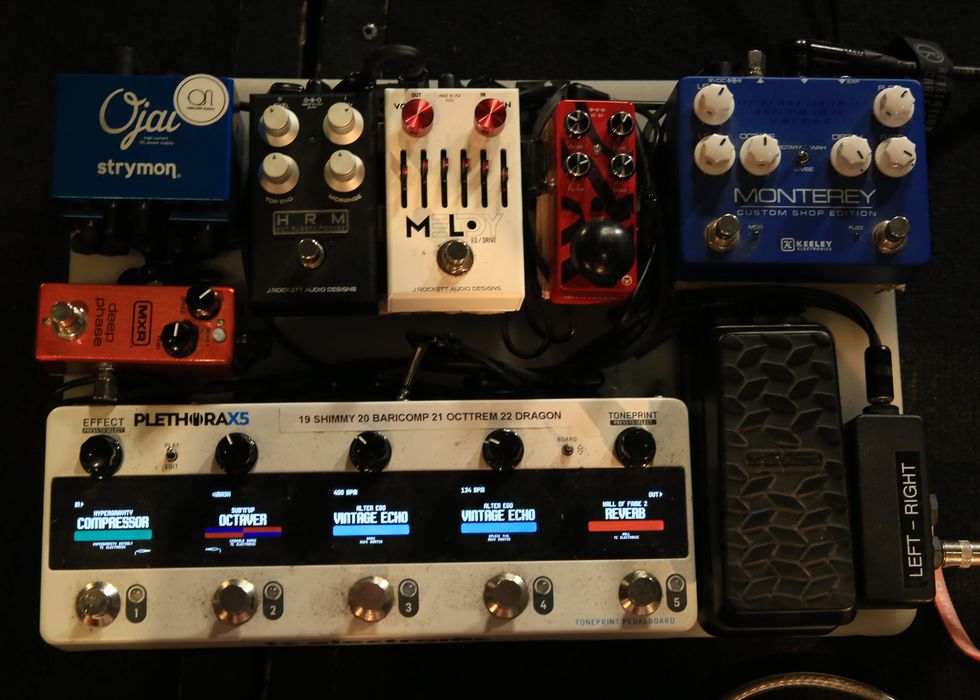
Guitar pedals weren’t the intended application for Lettieri’s pedalboard—it was meant for chopping veggies, but that didn’t stop him from slapping his stomp tools on the cutting board.
His signal first hits a Keeley Monterey Custom Shop Edition, followed by an MXR Deep Phase, J. Rockett HRM, J. Rockett Melody OD (Lettieri’s signature), Pigtronix Octava, and a Dunlop DVP4, all powered by a Strymon Ojai. A TC Electronic TonePrint Plethora X5 pedalboard handles coordination and switching between the devices.
Shop the Fearless Flyers Rig

TC Electronic TonePrint Plethora X5 Pedalboard
Keeley Monterey Custom Shop Edition




![Devon Eisenbarger [Katy Perry] Rig Rundown](https://www.premierguitar.com/media-library/youtube.jpg?id=61774583&width=1245&height=700&quality=70&coordinates=0%2C0%2C0%2C0)
























































